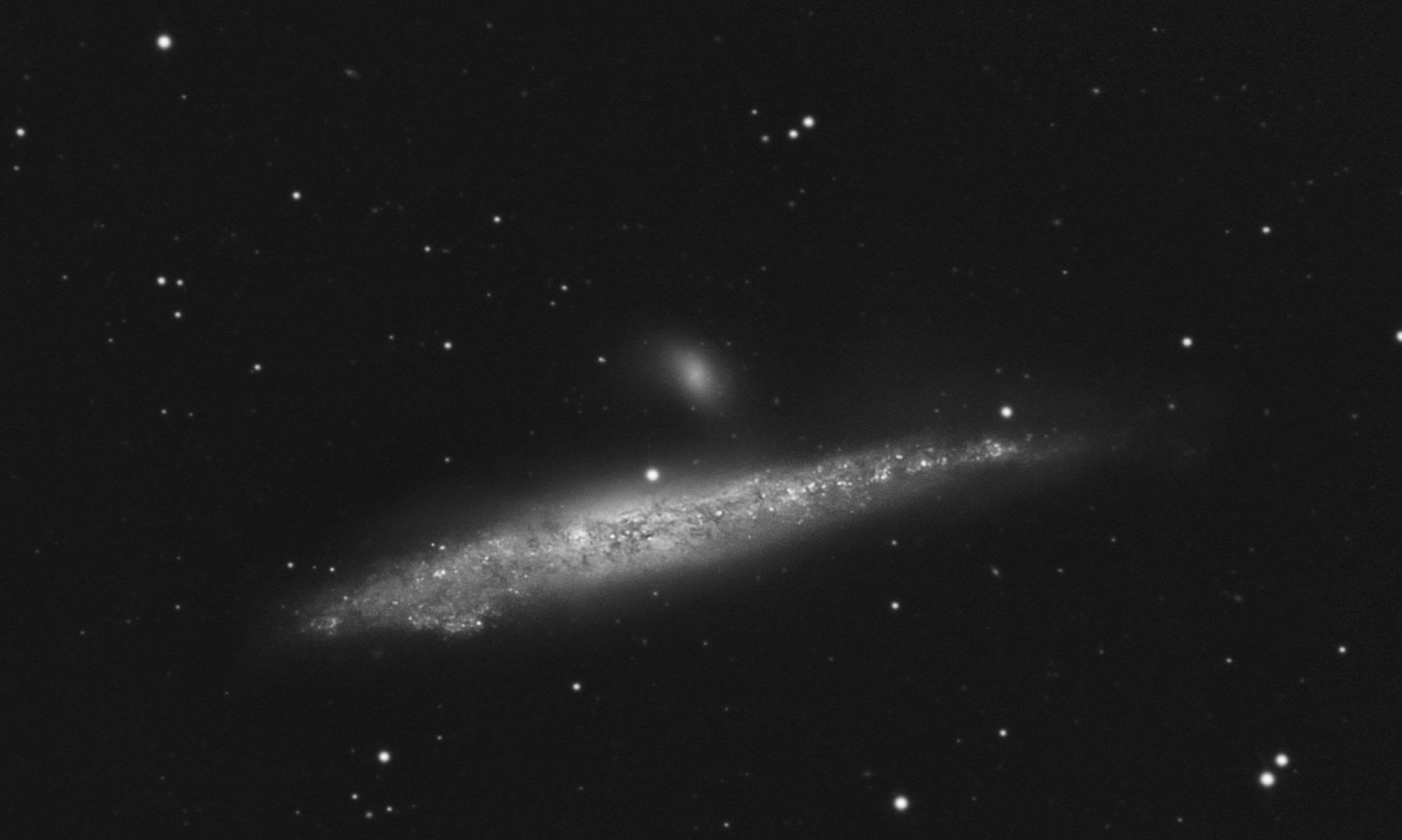Article on planetary processing with AutoStakkert! (Sky & Telescope, September 2016)
For Sky & Telescope I wrote an article about planetary processing with AutoStakkert!. This article is now freely available here.
Tutorials and Guides for processing with AutoStakkert!
Do you know about tutorials out there on the web that show how you can use AS!, let me know and I’ll add a link!
- Some guides in Russian on using AutoStakkert!:
http://www.star-hunter.ru/planetary-imaging
http://www.star-hunter.ru/obrabotka-videorolika- yupitera/
http://www.star-hunter.ru/lunar-sun-imaging/
http://www.star-hunter.ru/dso-proccessing-with-autostakkert/ - Here is a very cool youtube video made by Steve: Planetary imaging, stacking with AS!2
- Dennis Put wrote a small guide (updated July 22, 2013) to get you started on processing solar recordings. Many of the techniques also apply to lunar imaging. Thanks Dennis!
- AutoStakkert!2 – Planetary Imaging was written by Jerry Lodriguss for his book on DSLR planetary imaging. It was (slightly) modified by me – with his permission – and is also very much applicable to dedicated planetary imaging cameras.
- Derek O’Keeffe wrote a tutorial on how to get AutoStakkert!2 to work on OSX: Creating a wine wrapper for AutoStakkert!2
- Christophe Pellier wrote a nice piece on the importance of alignment point sizes in AS!2: Importance of AP sizes in AutoStakkert!2
- Christophe Pellier wrote another excellent piece about how long planetary videos can be for Jupiter before motion blurring occurs due to Jupiters fast rotation speed: How long is too long on Jupiter
Features
AutoStakkert! is all about alignment and stacking of image sequences, minimizing the influence of atmospheric distortions (seeing). Its goal is to create high quality images of the Planets, the Sun, and the Moon, without too much hassle.
A small and incomplete list of the features:
- Support for TIFF, FIT, BMP, AVI (uncompressed) and SER files (thanks to Heiko Wilkens). MOV files and other compressed files are also supported when FFmpeg executable is available to AS!. In principle there are no file size limitations.
- Monochrome and color recordings (both raw bayer, and RGB).
- Very fast processing due to multicore support and advanced image buffering techniques.
- Multiple Alignment Points (MAP) results in accurate alignment especially for wider field images (Sun/Moon), but even planetary targets such as Jupiter benefit significantly from MAP.
- Frame viewer to quickly scan through all the frames (sorted by quality)
- Sophisticated MAP analysis and recombination to ensure sharp stacking results. Yes, I like to throw in some fancy words, but it actually works…
- Automated frame rejection techniques to remove poor quality and incomplete frames.
- Batch processing.
- And much much more…!
What AS! can’t do: Image sharpening and post-processing
When AutoStakkert! has finished processing, you’ll find yourself with a resulting image – a raw stack – that is not yet ready for publishing. This image contains more detail than think, but you need to bring it out by sharpening your recordings using other image processing software like the GIMP (make sure to get a version that can handle 16-bit data!), or for example Adobe Photoshop. But you can also use other freeware image stacking programs to sharpen your raw stacks, and many people use the Registax wavelets for this!
It might seem that image processing plays only a small part in producing high quality results, but in fact it is as least as important as all the other factors involved in Astrophotography. If the seeing, optical quality, collimation, focus, camera settings, stacking, or processing is less than optimal, you will simply end up with a poor result. This makes astrophotography a challenge, but it also makes it a lot of fun!
